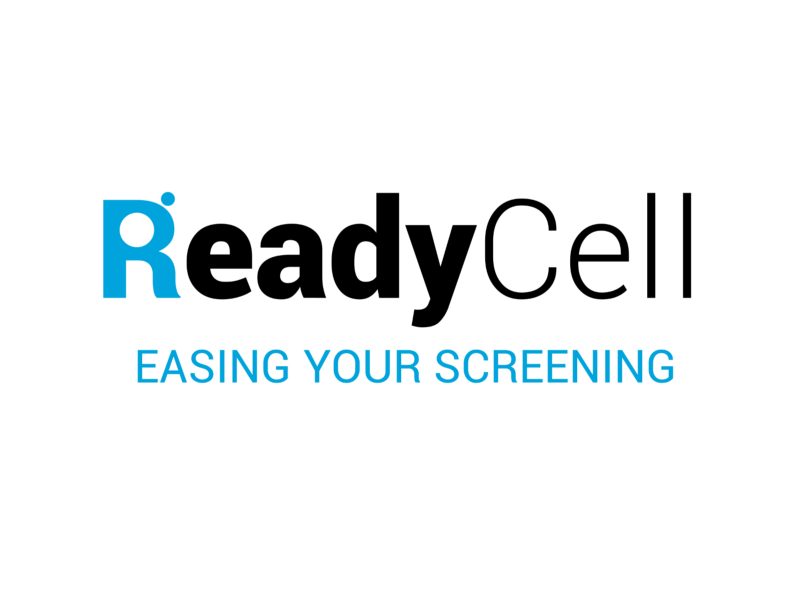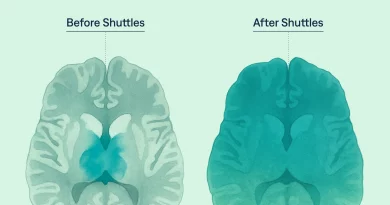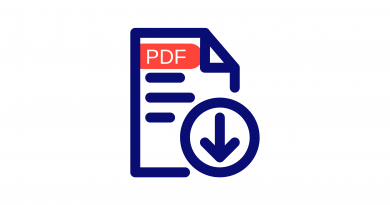The Role of Kidney Transporters in Decoding Renal Drug Elimination
Renal elimination of drugs: The role of kidney transporters
A ReadyCell .pdf White Paper – Author: Lourdes Gombau, R&D Director ReadyCell SL
The white paper discusses the role of kidney transporters in the renal elimination of drugs. Renal elimination occurs when up to 25% of the absorbed dose of a drug is excreted unchanged in the urine. The primary pathway for drug elimination in the kidneys involves active secretion through membrane transporters in the proximal tubules. These transporters belong to the solute carrier (SLC) superfamily and the ATP-binding cassette (ABC) superfamily, and they are found in both the basolateral and apical membranes of the proximal tubular epithelium.
Exploring the main renal transporters in humans and the value of renal transporter expertise in DDI
Understanding the role of these transporters is critical in drug development to assess potential drug-drug interactions (DDIs) at the renal level. Typically, during the early phases of drug development, researchers conduct in vitro studies to gain insights into how these transporters contribute to the removal of new molecular entities (NMEs).
To determine whether New Molecular Entities (NME) act as substrates or inhibitors of renal drug transporters in a laboratory setting, ReadyCell offers a range of convenient ready-to-use cell-based assays that feature the overexpression of both efflux and uptake transporters, including MATE1, OCT2, Pgp, MDR1, and more. The patented gel-like ReadyCell Shipping Medium® facilitates for the global delivery of pre-plated cells.
To download the full .pdf white paper for free, please complete the form.

Download the .PDF



